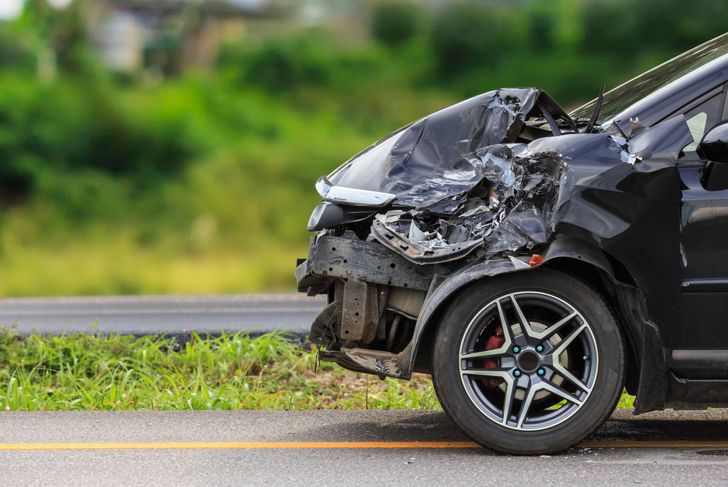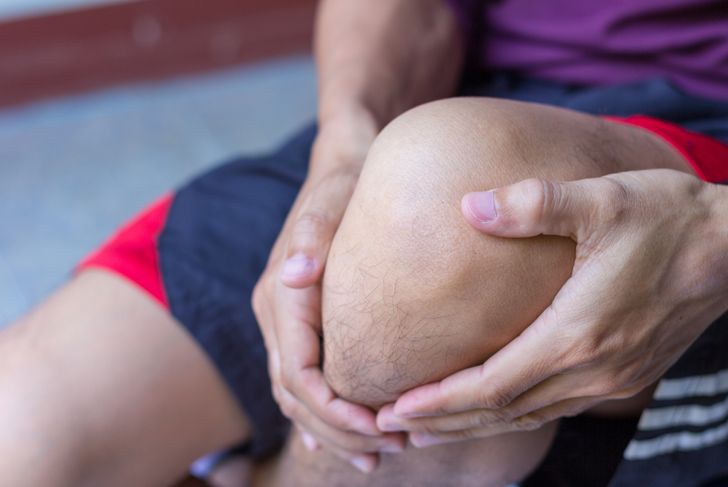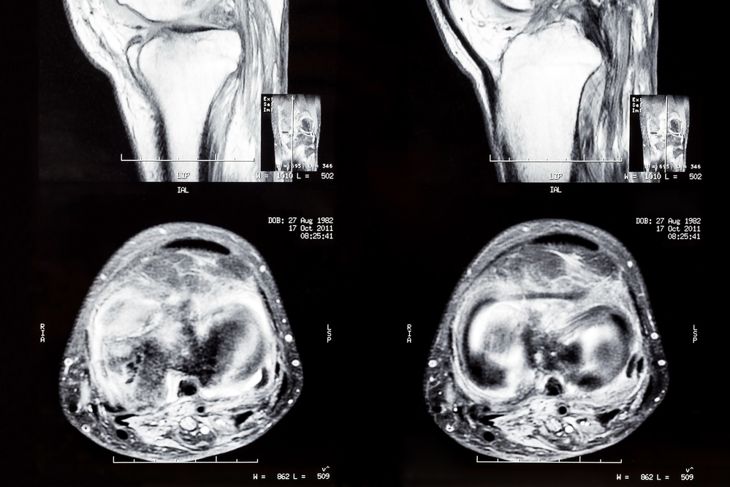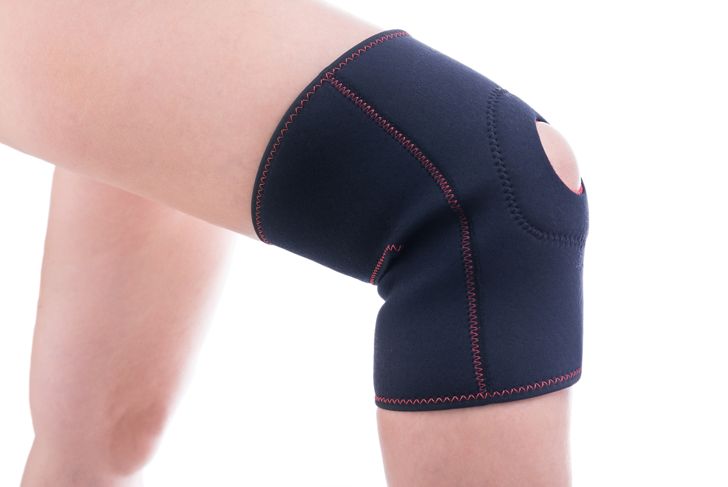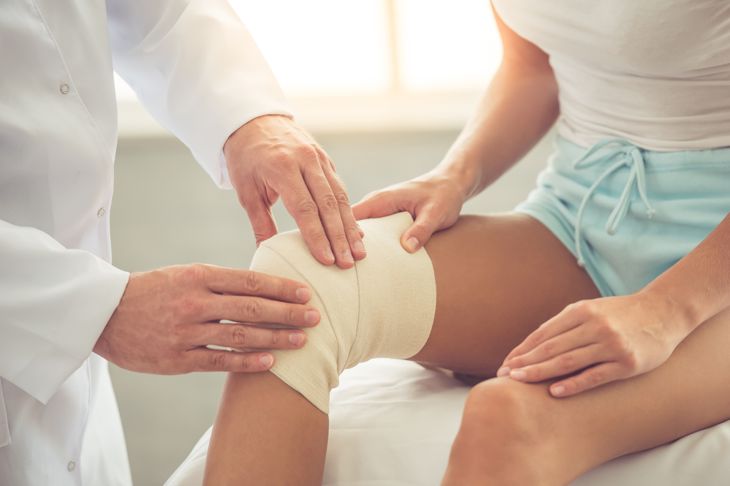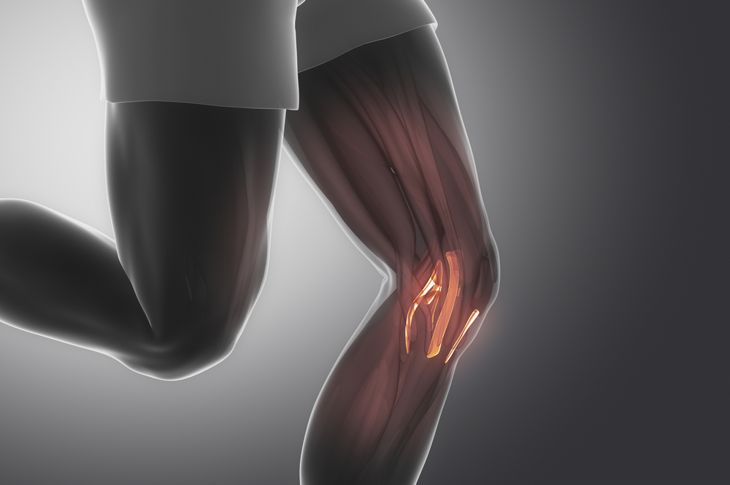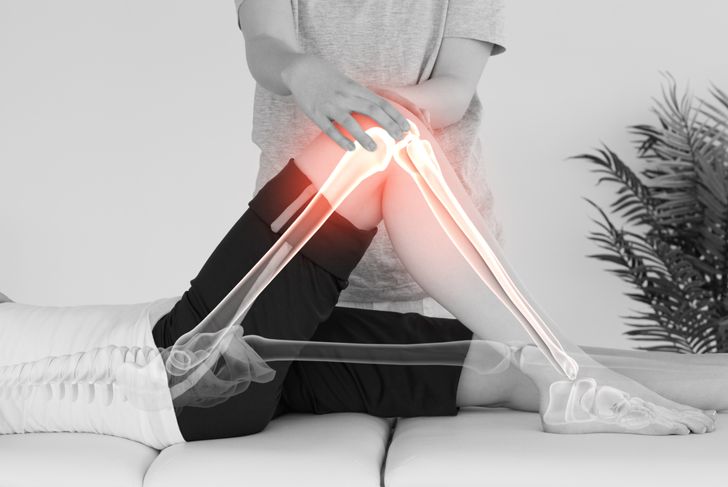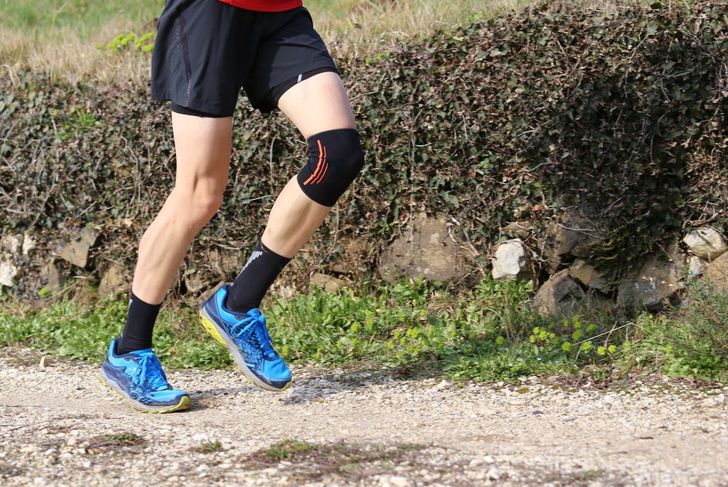The posterior cruciate ligament, also known as the PCL, is located in the knee. It is a large ligament that connects the femur to the tibia. Though similar to the ACL, the PCL is much larger and at the back of the knee rather than the front. Though it is relatively uncommon, this ligament can tear and cause mild to severe damage to the knee. If you have experienced a PCL injury, you probably have a lot of questions, especially about treatment and recovery.
Causes
The most common cause of an injury to the PCL is a strong impact while the knee is in a bent position. Motor vehicle accidents where the knee slams into the dashboard as a common cause of a PCL tear. It can also happen during a variety of sports activities, particularly football and soccer. Falling on the knee can also lead to an injury to this ligament. PCL injuries can happen to anyone who experiences a hard enough hit to this part of the knee.
Symptoms
The symptoms of a PCL tear or injury may not be as obvious as other knee injuries. For example, when the ACL tears many people hear a popping sound followed by extreme pain. With a PCL injury, there is generally no noise. Pain is usually mild and mimics that of a simple knee injury or strain. Pain and swelling will worsen if untreated, however, and this should indicate to the injured party that there is a bigger problem. Other symptoms of a PCL injury include trouble walking and instability in the knee.
Diagnosing the Problem
If you suspect a PCL injury, see your physician. Your doctor can run tests doctors to determine injury based on the movement of the knee. A tool called an arthrometer can measure the tightness of the ligament. Diagnostic imaging like X-rays and MRIs can show the extent of the injury as well as whether any pieces of bone broke off during the event.
Injury Classification
PCL injuries can be severe or mild depending on the circumstances. For this reason, medical professionals developed a grading system to classify the injury. Grades one through four include partial tears to complete damage to the PCL and the presence of related knee ligament injuries. Injury classification helps physicians determine appropriate courses of treatment and therapy for injuries.
Treatments
The severity of the injury determines treatment. Grade I and II injuries often require at-home care including rest, elevation, regular application of ice, and the use of a splint or brace. More severe injuries may call for crutches at first, followed by physical therapy sessions. Some severe injuries require surgery, but this is uncommon. To encourage proper healing, rest and icing of the knee is the best early course of treatment.
Preventing a PCL Injury
It is difficult to predict this type of injury as it usually happens accidentally. Minor adjustments to your car seat’s position can help in an accident, but even that is unlikely. If you play sports and are prone to knee problems, consider wearing a brace to protect the knee. People who suffer from chronic PCL injuries or other knee problems should take extra caution when undertaking strenuous tasks like playing sports and hiking.
Surgical Intervention
Only the most severe PCL injuries lead to surgical intervention. People who have chronic issues may benefit from surgery to prevent repeated damage. Procedures to tighten ligaments that have loosened over time due to injury can help return the knee to normal function. In severe tears where a piece of bone is broken off, a surgeon may need to put the bone back in place.
Ligaments of the Knee
There are four ligaments located in the knee: the ACL, PCL, MCL, and LCL. These ligaments surround all sides of the knee and facilitate normal knee function. Severe injuries can involve more than one of these ligaments. In such cases, the patient may require lengthy treatment and rehabilitation, and often surgery. The knee is an essential part of the leg, so it is easy to see why an injury to any of these ligaments could seriously inhibit normal knee function.
Recovery from PCL Injury
The length of recovery depends on the classification of the injury. Surgical cases have the longest recovery time. Once healing is complete, patients need to begin a physical therapy regimen. PT can last anywhere from a couple of weeks to many months, depending on severity and progress.
Preventing Future Injury
Proper healing of a PCL injury is a major factor in preventing future problems. If a patient continues to do the activities that caused the injury, they should wear a brace or other protective gear at all times. Continued physical therapy exercises can also improve movement and strengthen the knee.

 Home
Home Health
Health Diet & Nutrition
Diet & Nutrition Living Well
Living Well More
More